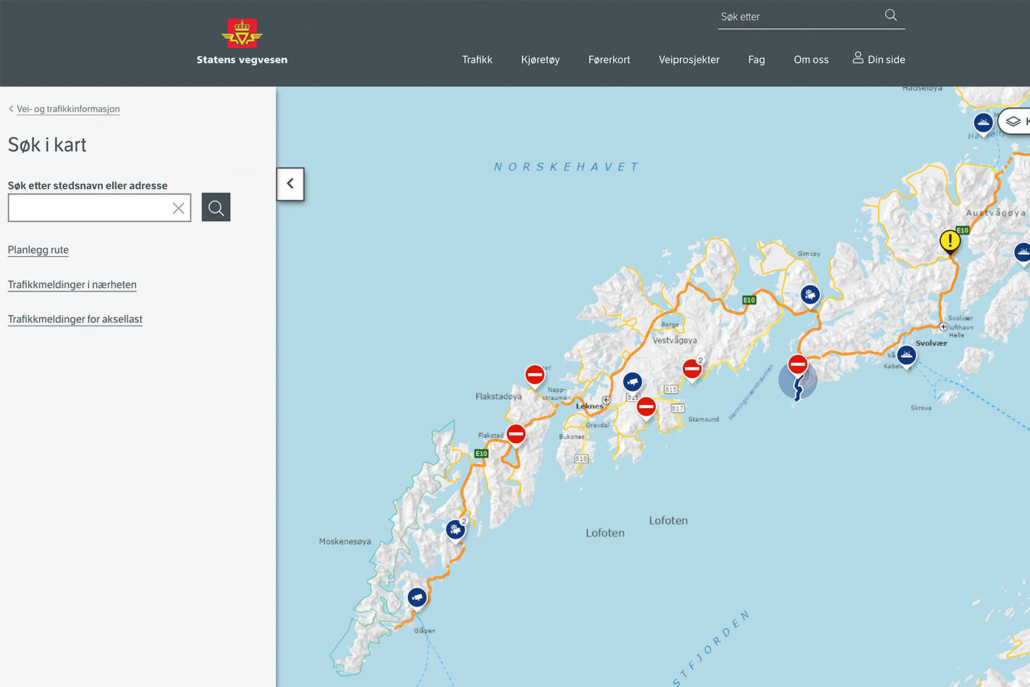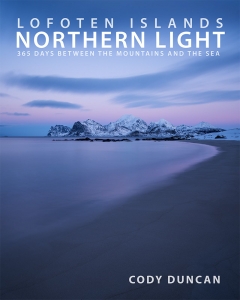Friday Photo #529 – Photography Season

Photo: Photographers line the Hamnøy bridge at dawn, Lofoten Islands, Norway. February 19, 2023. 07:31
If I had any doubt that travel was still slow in the post-Covid era, it is now over. Lofoten is currently as busy, if not more, than ever for the winter photography season. Some days it seems as if every single pull out along the E10 is filled with multiple photo groups, even including random places that I’ve rarely ever seen people at before. It is crowded out here these days!
For those of you who might of read my article about Norway’s new-ish driving regulations for commercial guiding, I have thus far seen no sign of enforcement during the last month, and the roads of Lofoten are as full as ever of rental vans and international workshop groups. Currently, there are only three licensed tour operators among the dozes of others here on Lofoten. Though a bus driver that crashed a bus full of Italian grannies off the road last weekend seems to have gotten fined, this is a rare event.
Beyond workshop and tour groups, there are a lot of individual travelers as well. I’ve written previously, but if I was an individual photographer, I would avoid February on Lofoten these days, unfortunately. While one might get lucky at times, you will more often than not have to deal with crowds at every location in which you wish to shoot. Though perhaps this is normal for many locations around the world these days, and maybe I’m one of the rare ones that remembers Lofoten winters pre-2015. The Corona years were a nice memory of the old days on Lofoten, but now that is over for sure!
I’m not quite sure why February is peak season on Lofoten. January is more atmospheric for the feeling of the arctic winter, with still enough daylight for productive photography days. While March is typically has calmer and more reliable winter conditions overall, though this has been changing somewhat in recent year, as winter overall on Lofoten has become less reliable – even Senja and Tromsø are now receiving extended periods of mid-winter rain these days.
So, this weeks photo is an average morning on the Hamnøy bridge this February. Some days are busier and some less. But it seems there is always at least one person standing on the bridge 24 hours a day, sun or sideways rain, waiting for that perfect moment…
Head over to my Instagram account for (almost) daily postings of the local conditions here on Lofoten: @distant.north
Camera Info:
Nikon Z7 II
Nikon 24-120mm f/4
91mm
ISO 100
f 5
1/60 second
WB Daylight











